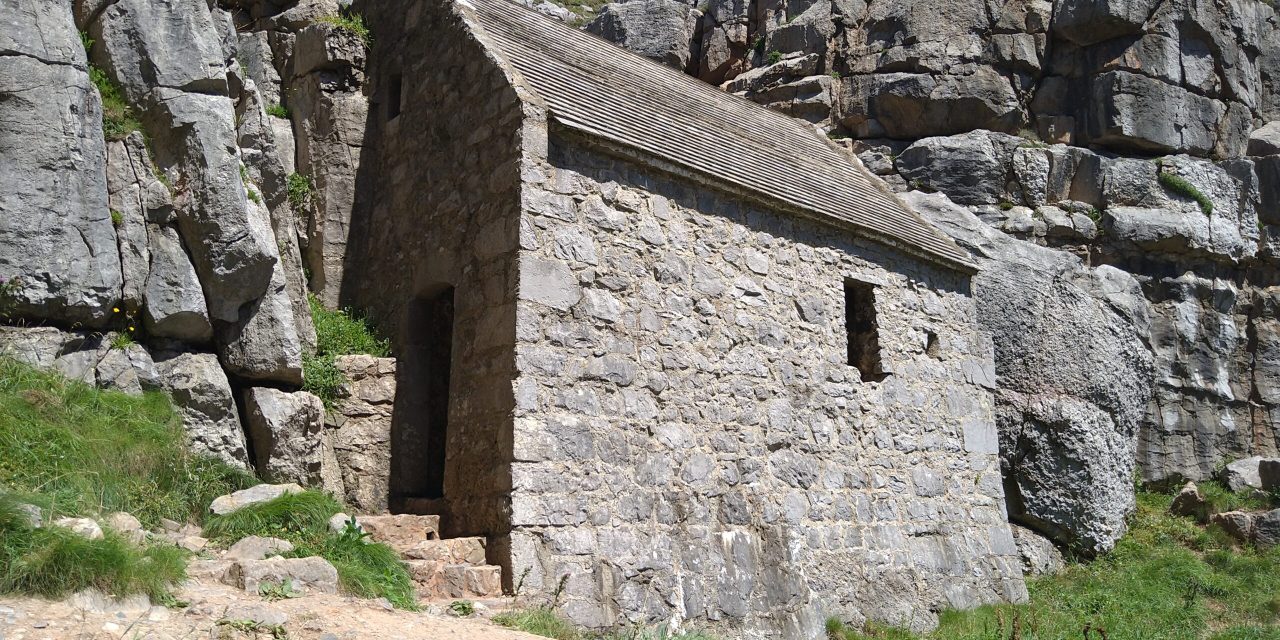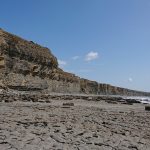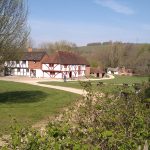So the 5-mile lock-down had just been released, and we were itching to get back to the beach. Having not been to the beach since March, we were excited to make new discoveries. We are not your usual beach visitors, the ones that sit on the beach catching a tan while the kids play, eating sandy sandwiches. We like to go exploring and seeing what we can find.
We have explored most of the beaches in and around South Wales, so we were looking for something a bit different; we pin picked a place on the map and headed for Pembrokeshire. Manorbier Beach was the first beach we arrived at; as beaches go, it’s quite a pleasant-looking pebble beach with a stream that runs down onto the beach.
I imagine it gets pretty busy there during the summer months, as it seemed to be quite popular with families; we took a quick look but decided to move onto the next one. As we were leaving, we offered our parking ticket to someone who had just arrived; he mentioned that one of his group was a local who could maybe point us in the direction of somewhere to go exploring. He mentioned a place about 20 minutes up the coast called Saint Govan’s Chapel.
We drove up the coast, spotting beaches as we went, there are some beautiful beaches in Pembrokeshire, and the views are absolutely fantastic. Eventually, we came to Saint Govan’s Chapel, and I can tell you for us it was definitely worth the trip.
What to expect from our article
Location
Saint Govan’s Chapel is located at
St Govan’s Head
Bosherston
Pembrokeshire
SA71 5DR
The chapel is on a local army gun range, so it is essential you adhere to the signs; you may even hear some gunfire in the distance as we did.
The chapel
The chapel itself is nestled into the cliff at the bottom of some steep and slippery steps; you have to enter the chapel to come out the other side. There isn’t really any beach area here beyond the steps as it is mostly rocky; there were what looked like caves to explore, but having seen two people slip on the way across, we decided against wandering any further.
Legend has it that there are more steps going down to the chapel than there are going back up; we didn’t read about this until after our visit, so have a go count them for yourself and let us know if the legend is actually true. The view at the top of the steps is quite spectacular; looking down on the chapel and out to sea, framed by the surrounding cliffs on either side, it really is something quite special.
Who is Saint Govan?
Saint Govan is said to be a 6th-century Irish monk or abbot; many stories have been handed down over the years about who he really was. Some say he is not actually he but she, and then others say the name Govan is actually Gawain, but it is not entirely clear.
Hiding in the rocks
The legend has it that Govan was running away from someone and had hidden himself away in the rocks; the rocks were said to have closed like a cocoon surrounding him so that he wouldn’t be discovered.
Another story is that he was hiding out from pirates who wanted to steal the bell he used as a call to prayer, and the final one was that pirates had planned to kidnap him and hold him for ransom, so he hid away in the rocks. Whatever the reason, the monk decided to stay put, and the tiny 18×12 chapel became his home.
Chapel wells
In St. Govan, there are two wells—one inside and one outside—both of which have long since dried up, but one of them is rumored to have had healing properties, and people would travel great distances to make pilgrimages there in order to benefit from them.





























